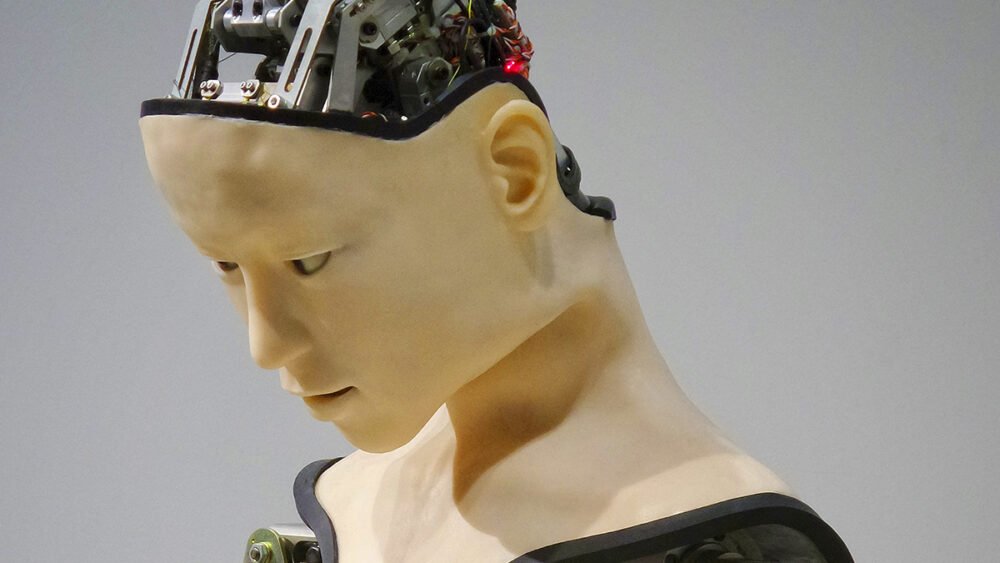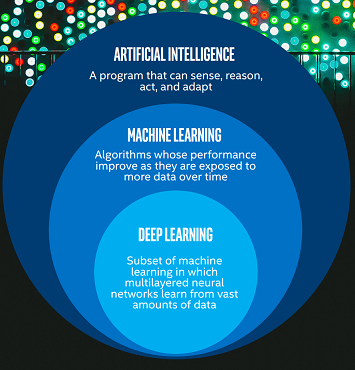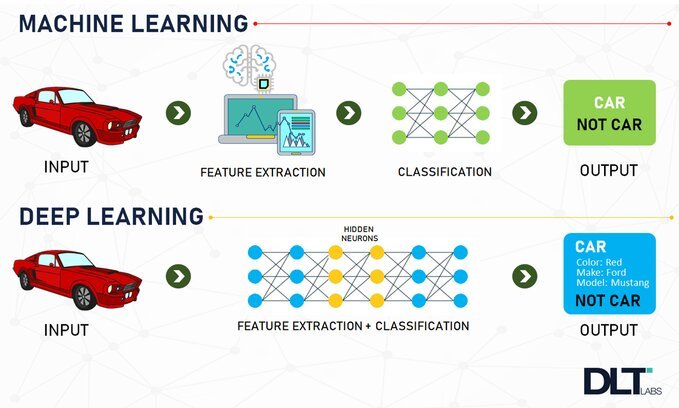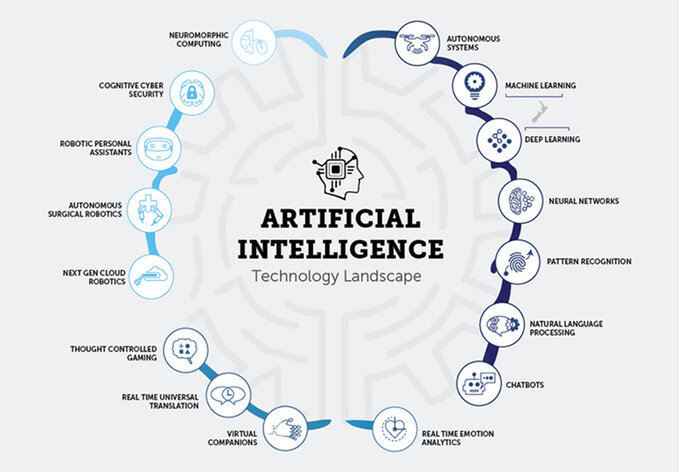What is Artificial Intelligence(AI) and Machine Learning? – Science Made Easy

When Alan Turing planted the first seeds of artificial intelligence by asking the legendary question “Can machines think?”, in his 1950 article, our journey with artificial intelligence also began.
We have come a long way since the 1950s and nowadays we always hear new exciting news about artificial intelligence (AI), however, this road was not always accelerating. As a short introduction, let me tell you the history of AI.
The field of AI was a very promising one and expectations were high in the 1960s. When scientists understood creating instant machine translation or simulating intelligent behaviour were concepts that required solutions that we had not yet found and required massive computing power, funds were cut. In 1989, AI started to be used again, in the military as a battle management system and it turned out to be a very successful application that made vast retrenchment. Furthermore, in 1997 chess-playing computer Deep Blue beat the legendary chess grandmaster Garry Kasparov. These successes accumulated and led us to where we are today, getting us out of AI winter.
-
What Is Artificial Intelligence And What Does It Do?
Artificial intelligence as a term was first used in 1956. The pioneers of the field Minsky and McCarthy described the term as “any task performed by a program or a machine that, if a human carried out the same activity, we would say the human had to apply intelligence to accomplish the task.”
As a popular term, we can describe artificial intelligence simply as the ability of a computer or a machine to think like humans and simulate our actions. These actions can range from making decisions and solving problems to learn from examples and experience.
Artificial intelligence basically helps us in our cognitive skills and creativity. It frees workers from low-level tedious tasks, and likewise expands our physical capabilities.
-
Types Of Artificial Intelligence And Areas They Are Used
Artificial intelligence can be divided into two categories – strong and weak. Strong artificial intelligence, as it comes from its name, completes tasks that are more complex and complicated. These tasks are considered to be more humane. You can see these kinds of systems in games. The system uses clustering and association to process data which means the answer is not programmed and the results are mainly unpredictable.
Weak artificial intelligence is more common than strong and is used in personal assistants such as Siri and Alexa, in vision-recognition systems of cars, and on recommendation engines that suggest products, you may like based on your preferences, and many more. Weak AI is used for carrying out one specific task and it needs human interference.
-
Applications of AI – Machine Learning and Deep Learning

If you think of artificial intelligence as the universe of computing technology that exhibits human-like behaviour, then machine learning and deep learning are the subsets of AI applications that learn by themselves.
An algorithm can be seen as a set of rules that computer programs follow to do calculations or tasks just like when we use a recipe to bake a cake. Machine learning algorithms are the reasons for applications that we use or intelligence advancements we hear. They use statistics to process a vast amount of data and then find patterns inside it. As they are being exposed to data, they independently adapt to it. In the end, they make accurate predictions.
Machine learning is based on neural networks, which mimic the perception and decision-making process of our brain. The most basic form of neural networks contains three layers: an input level, a hidden level, and an output layer. You can think of this as a vending machine. We insert our coin in the machine (data, information). The machine determines what kind of coin we have and sorts it, it transforms our coin into something meaningful to be given back (hidden layer). Finally, it makes our chocolate chip cookie fall into the chamber (output layer).
Deep learning is also a subset of machine learning. If we have more than one hidden layer in neural networks, it is seen as deep neural networks and it requires much more data than machine learning.


[youtube https://www.youtube.com/watch?v=SN2BZswEWUA&w=560&h=315]
More Articles About Artificial Intelligence and Science: